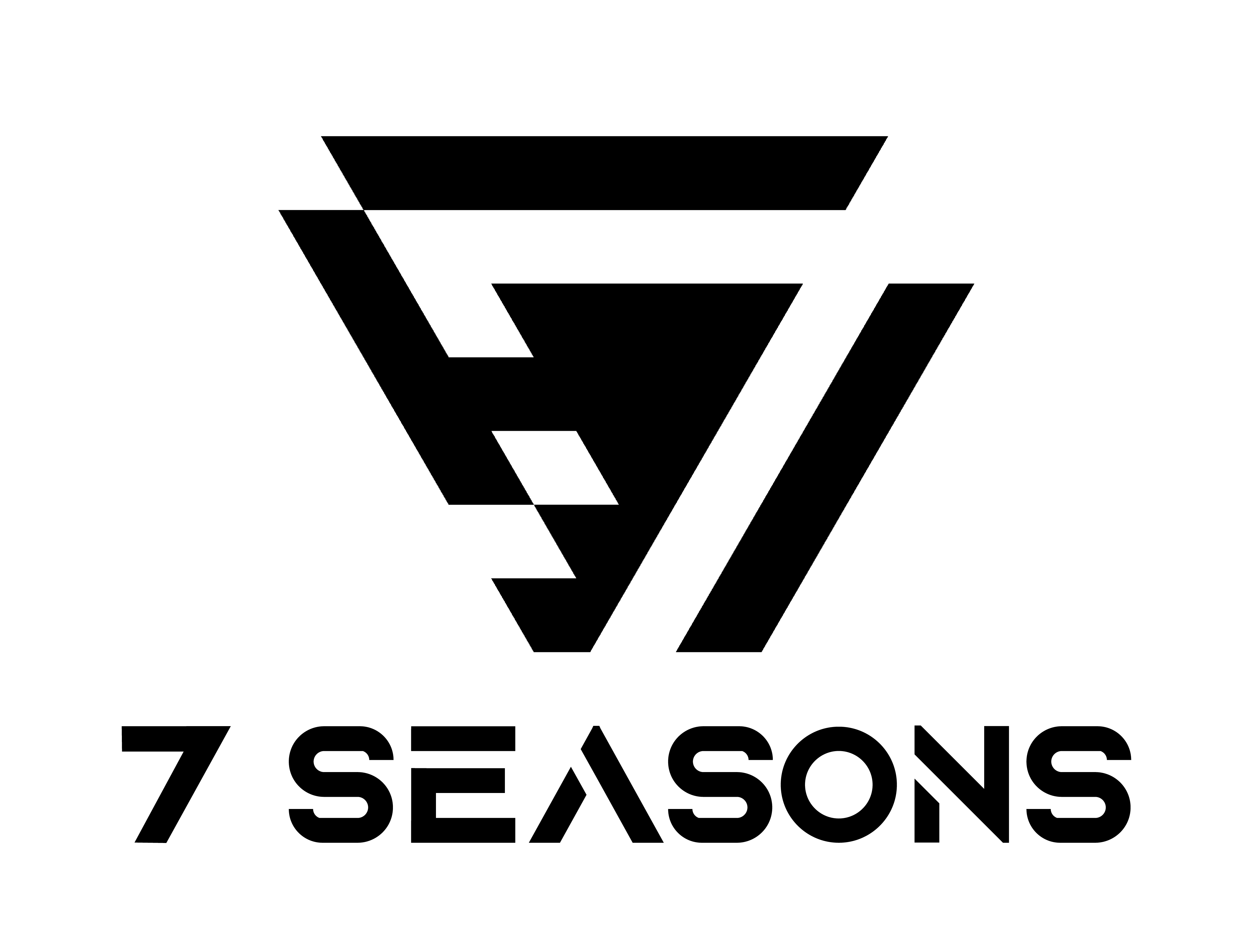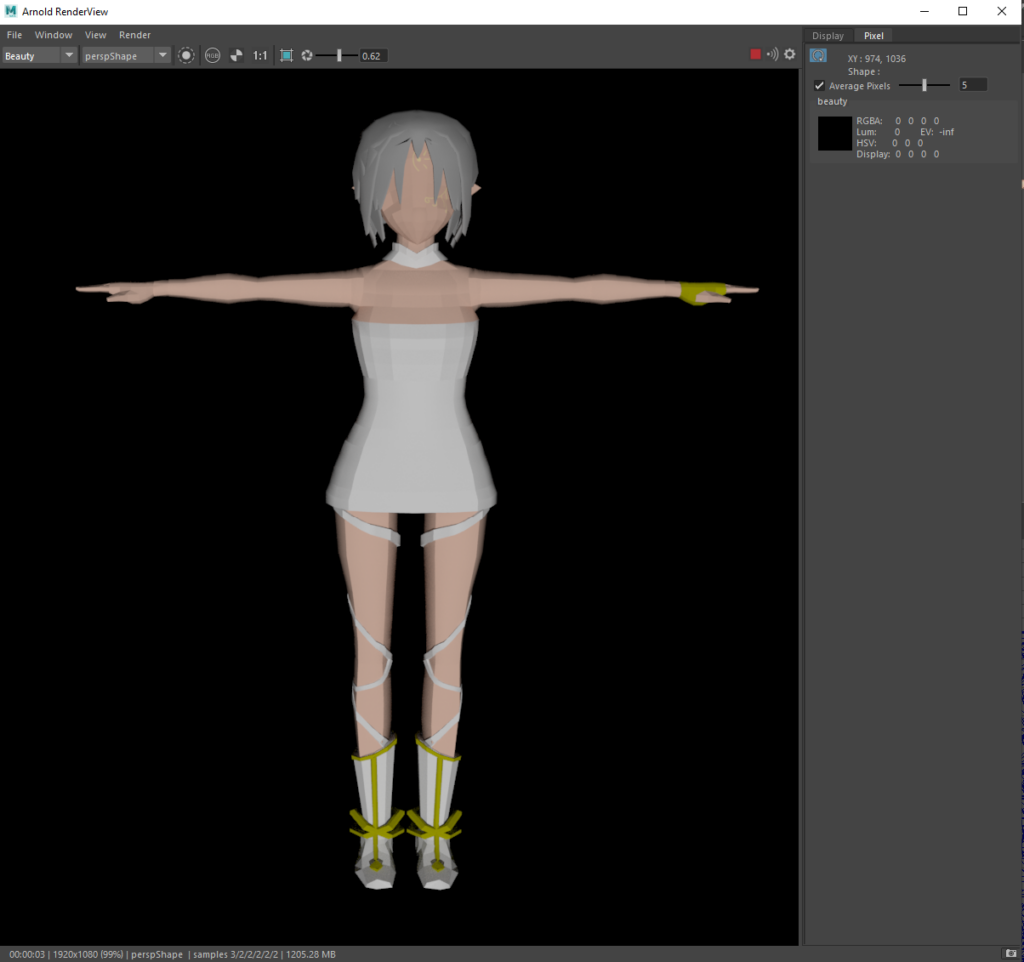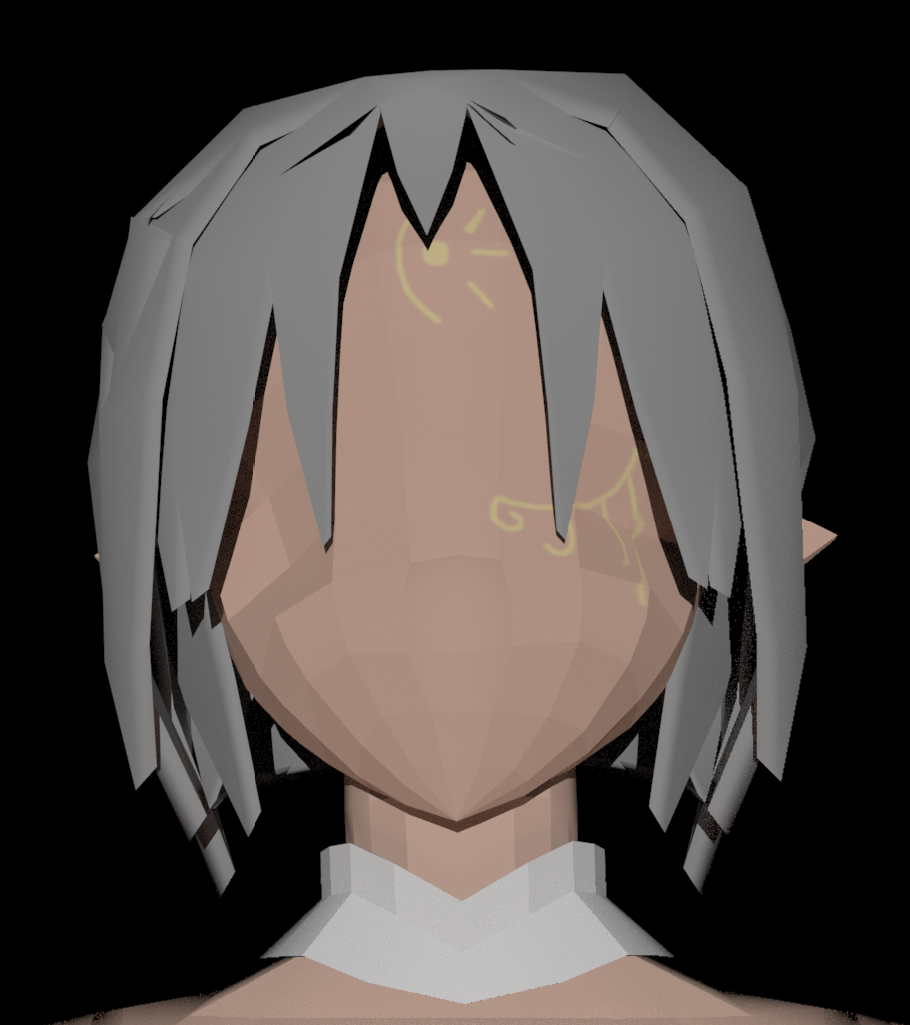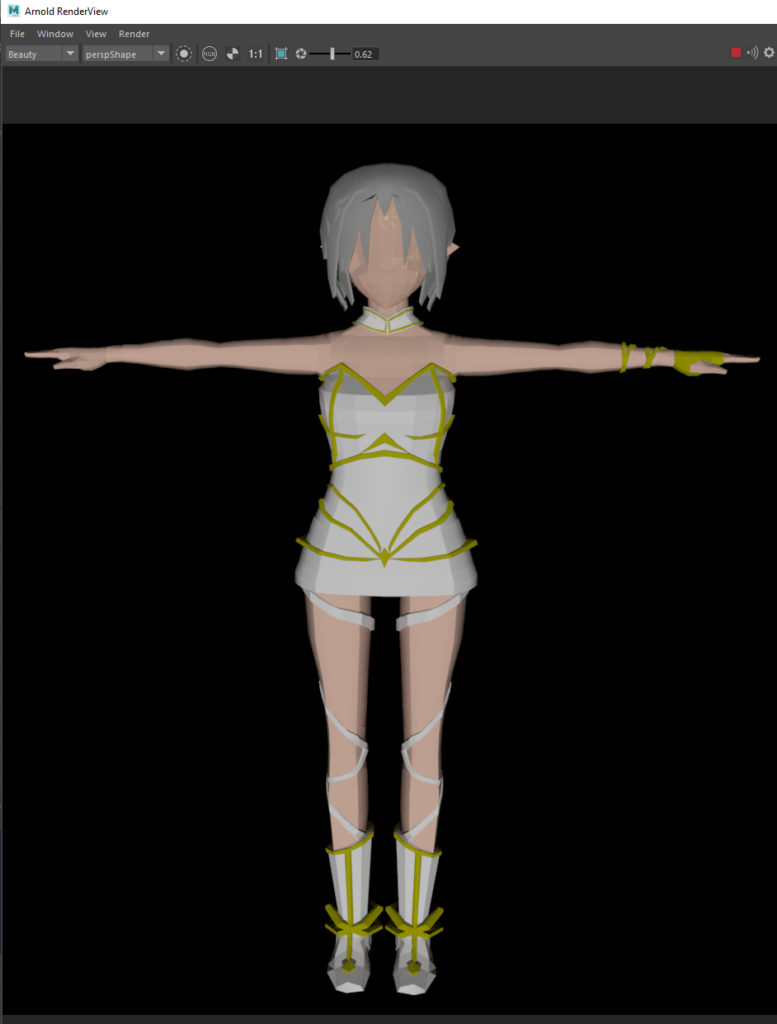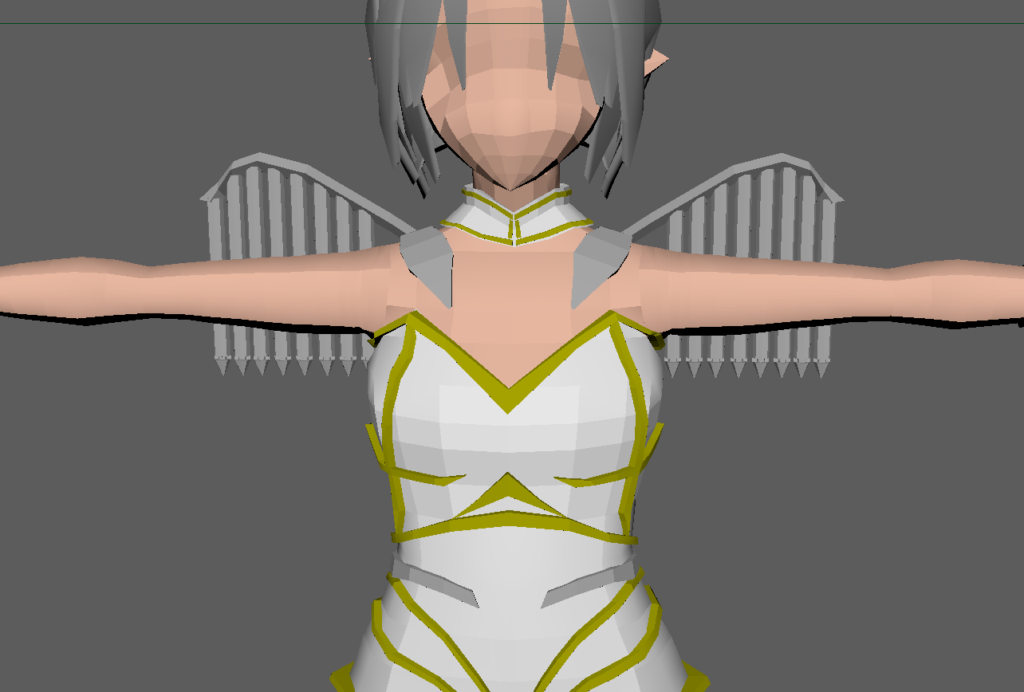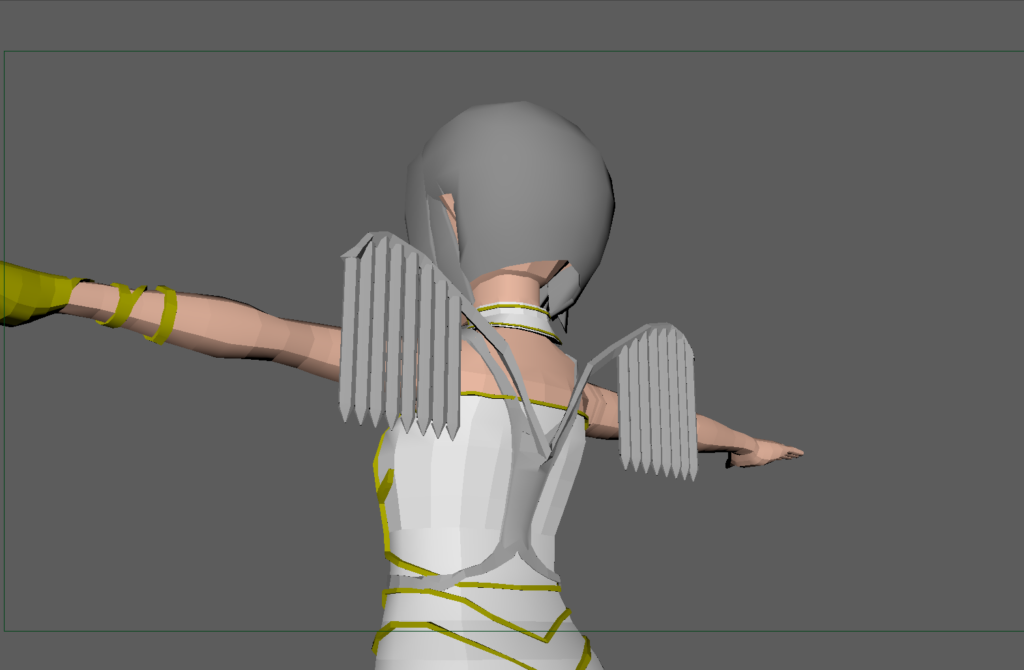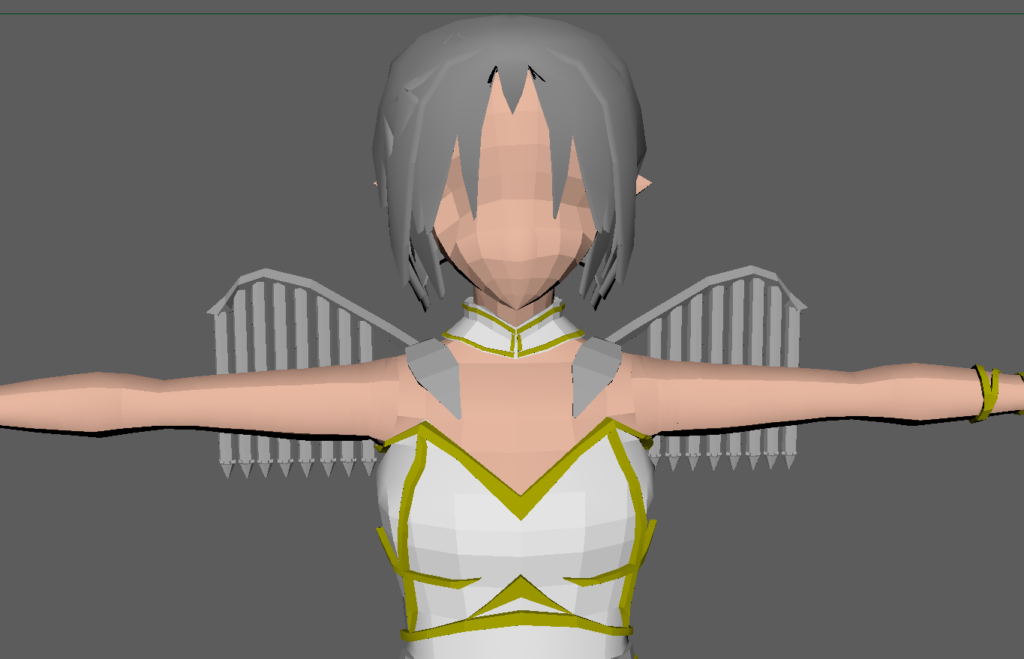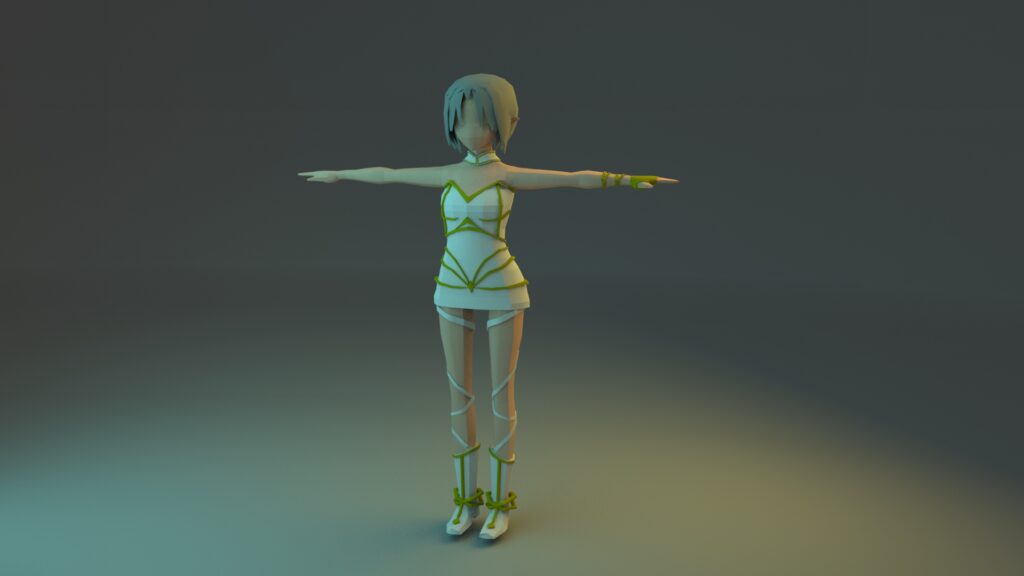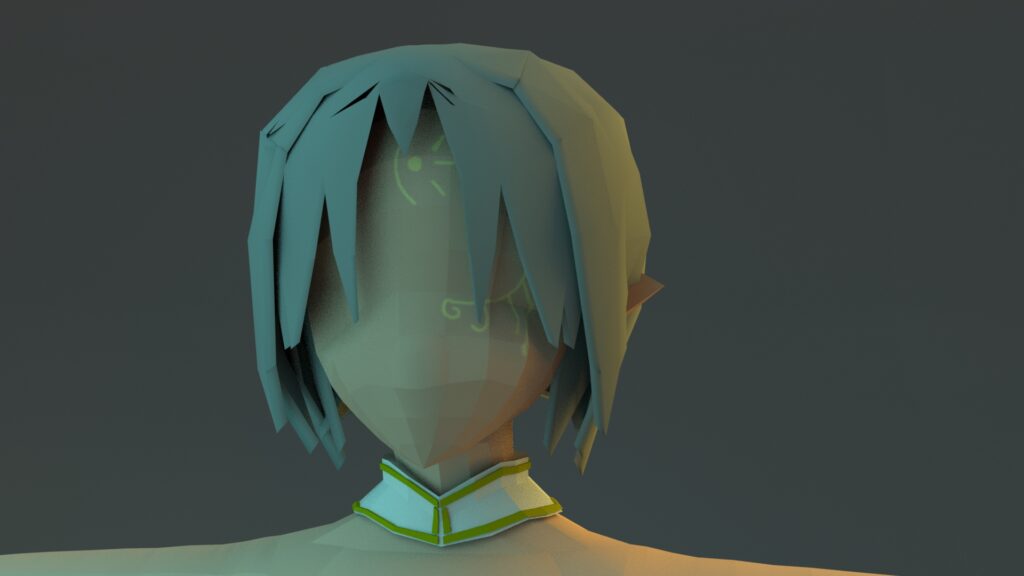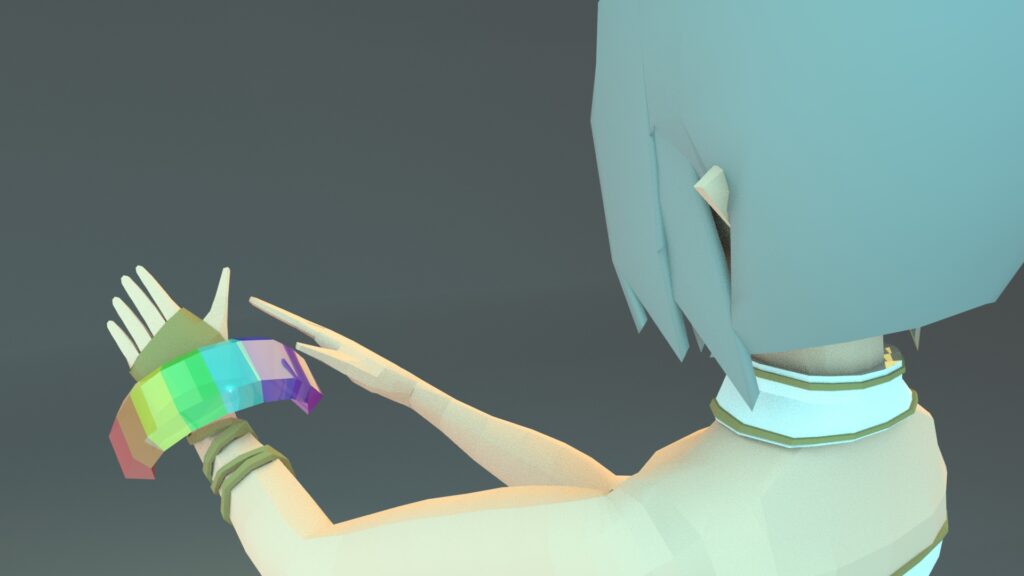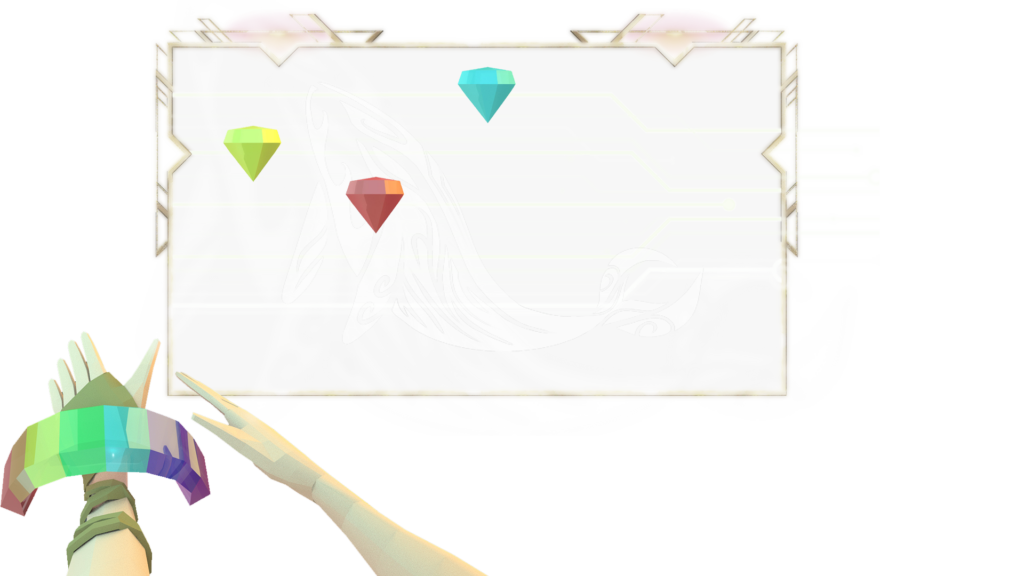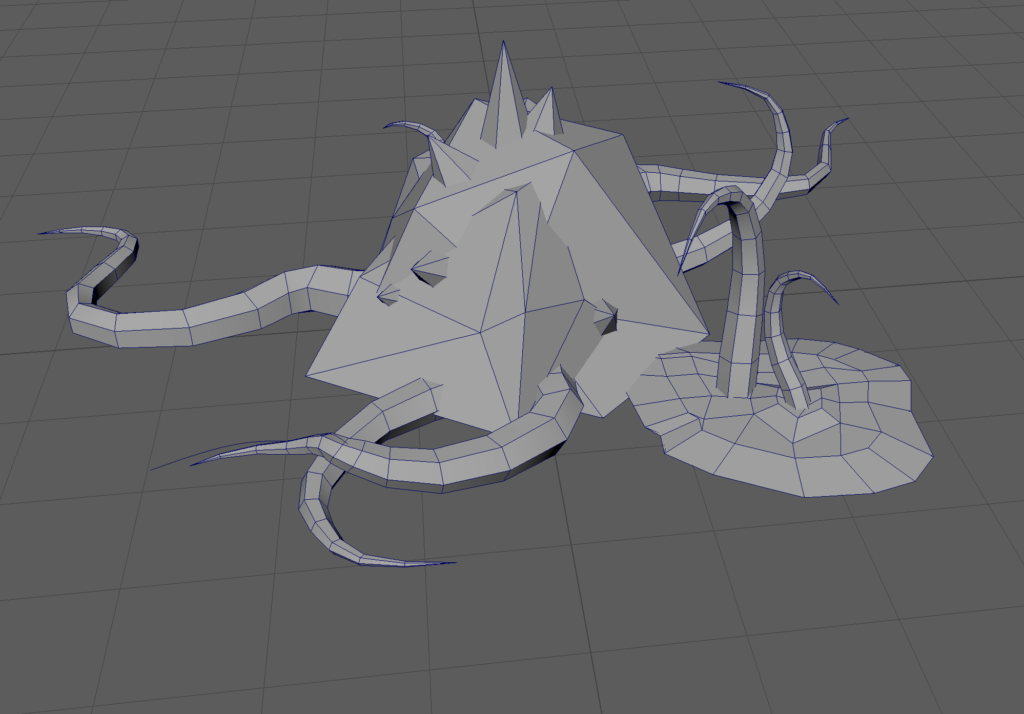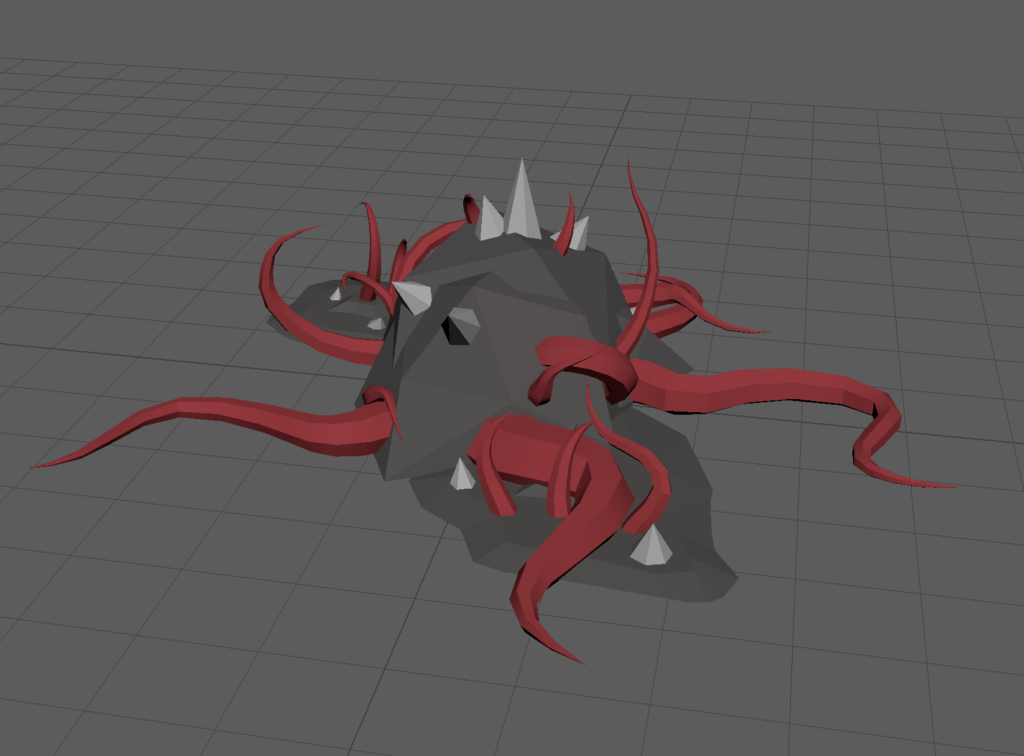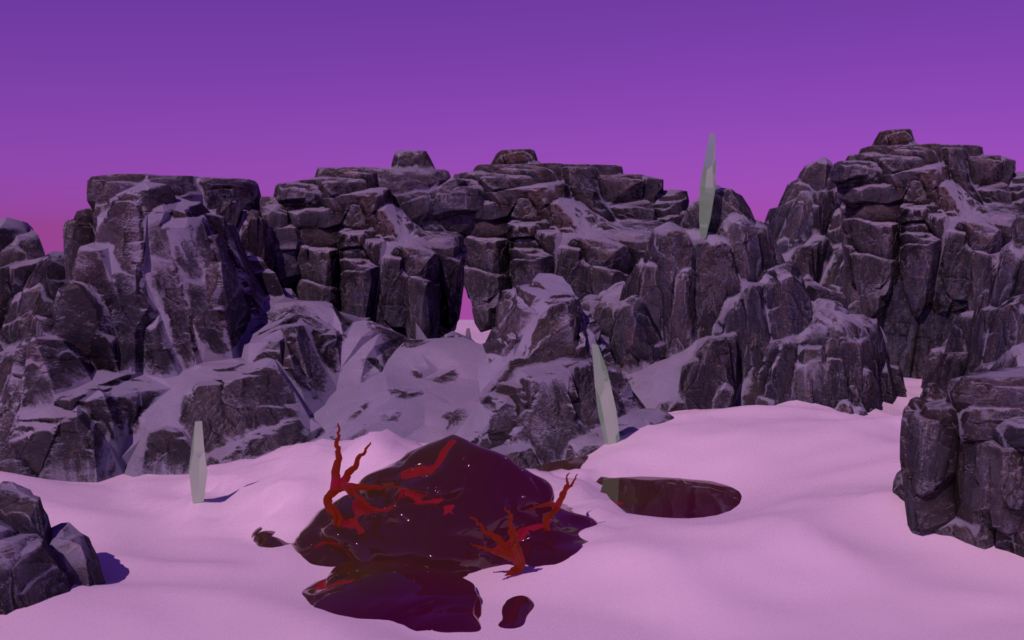Halfway between Halves and Soft opening, week 10 featured lots of iteration and awareness of end product.
Design
One of the first things that the design team did was to lay out the metrics for a successful pitch. In this circumstance, a successful pitch would mean interesting a publisher enough to take a second meeting. There would have to be enough concept to captivate a naive listener, and enough design to facilitate potential for enough interesting content. The specific financials and monetary ask did not have to be formulated, but a basic estimate of cost and development was required.
In terms of the actual design, one of the roadblocks faced was faculty telling the team that while there was a moment-to-moment interaction, that in itself didn’t constitute as a puzzle design. Meeting with Dave, Bob from the previous week, and Evan Hirsch.
Part of why the existing mechanics didn’t constitute as a puzzle design was that it lacked the context that would allow for a proper puzzle mindset – it lacked the clarity of solved vs unsolved state, lacked clues that could be used to breadcrumb to the solution, and alignment between problem, solution, clues, and overall worldbuilding.
In addition, the team was pointed out the disjointedness of the navigational challenges to reach the puzzle points in the first place. In the prior revision, the mechanics and the storytelling of how the player reached these points of interest didn’t reflect the compelling storytelling and seemed disconnected from the space. A temporary revision was made to bring in the storytelling that would help us give the pitch, with the understanding that a more fundamental adjustment to the game loop was needed.
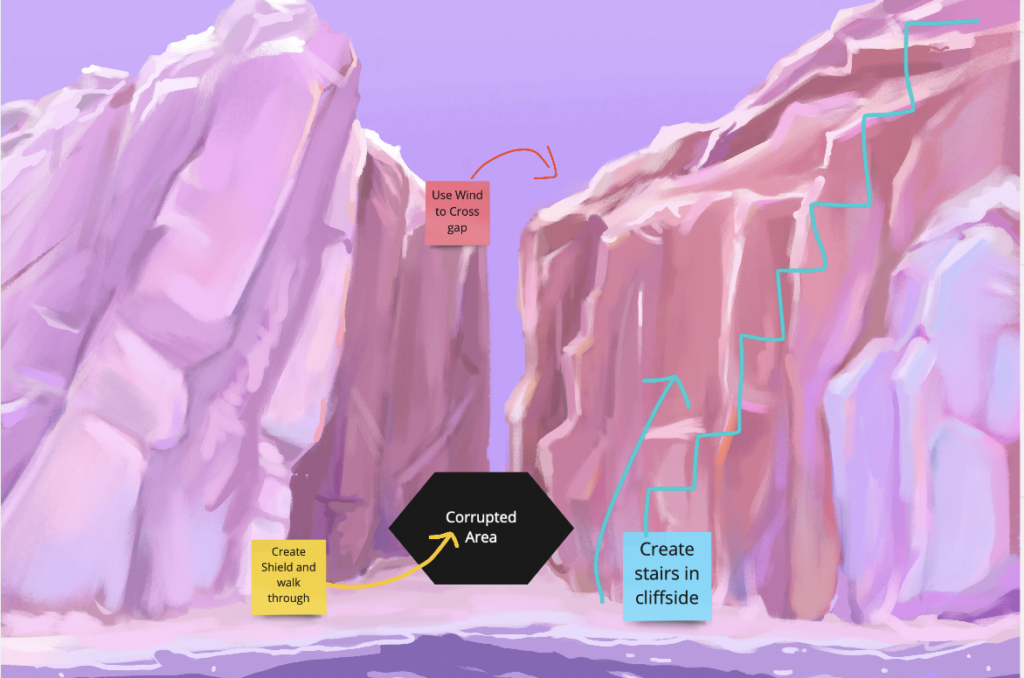

Over all, the design team waked away from this week with two major points of feedback. The first was the need to think about the player experience, and how the design elements fit together in the scope of a player story. The other was a specific point from Evan that a lot of the design elements and which actually improved the design, and which detracted. He used an analogy of cooking and spices, where if we didn’t know the core flavor of our game, we would be unable to tell whether the spices would make the game better or worse. In that vein, he highly encouraged the design team to shelve any non central aspects, at least until whether we understood if they actually made the final design stronger.
Art
Week 10 saw the most progress in terms of 3D modeling. Joy continually worked on the character model and a handful of animations, while Harry worked on modeling the corruption. Yifan also made additional environment renderings depicting the “before” state of corruption.
